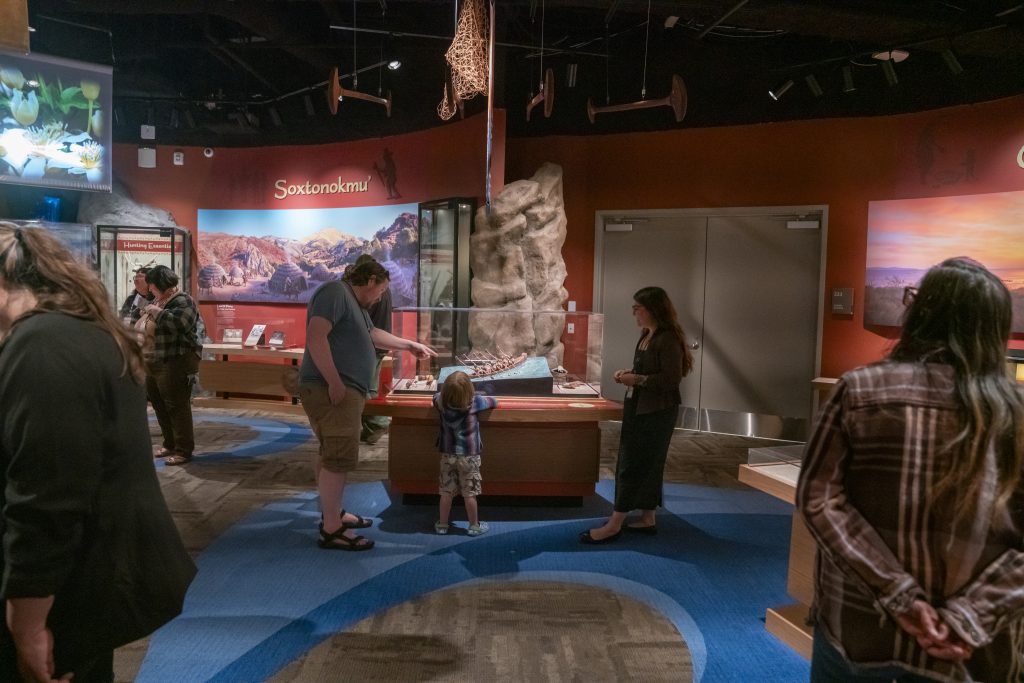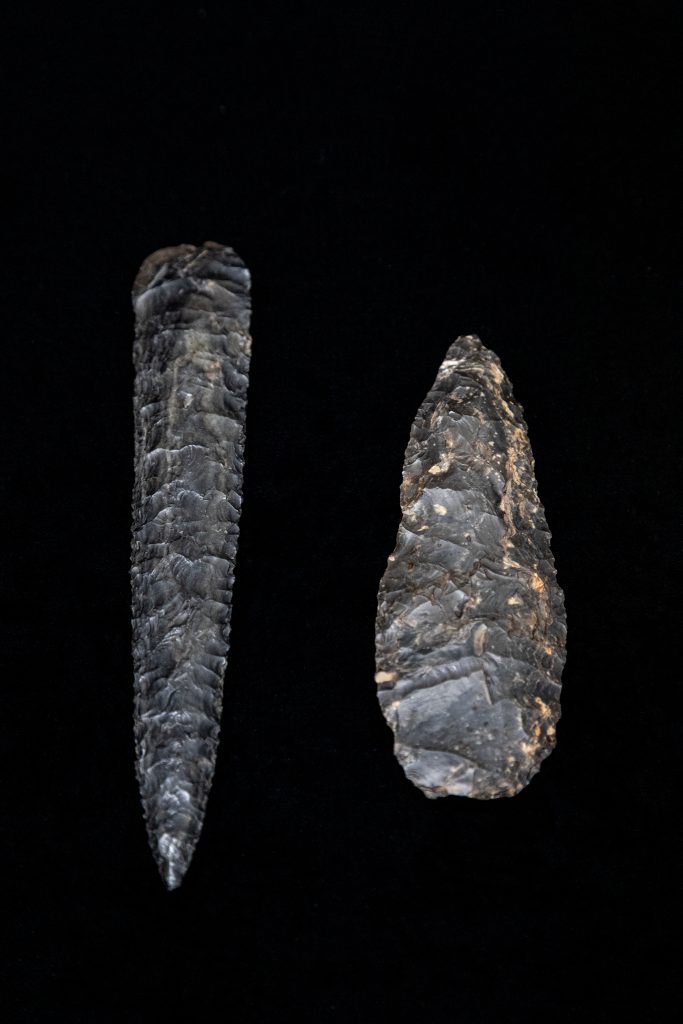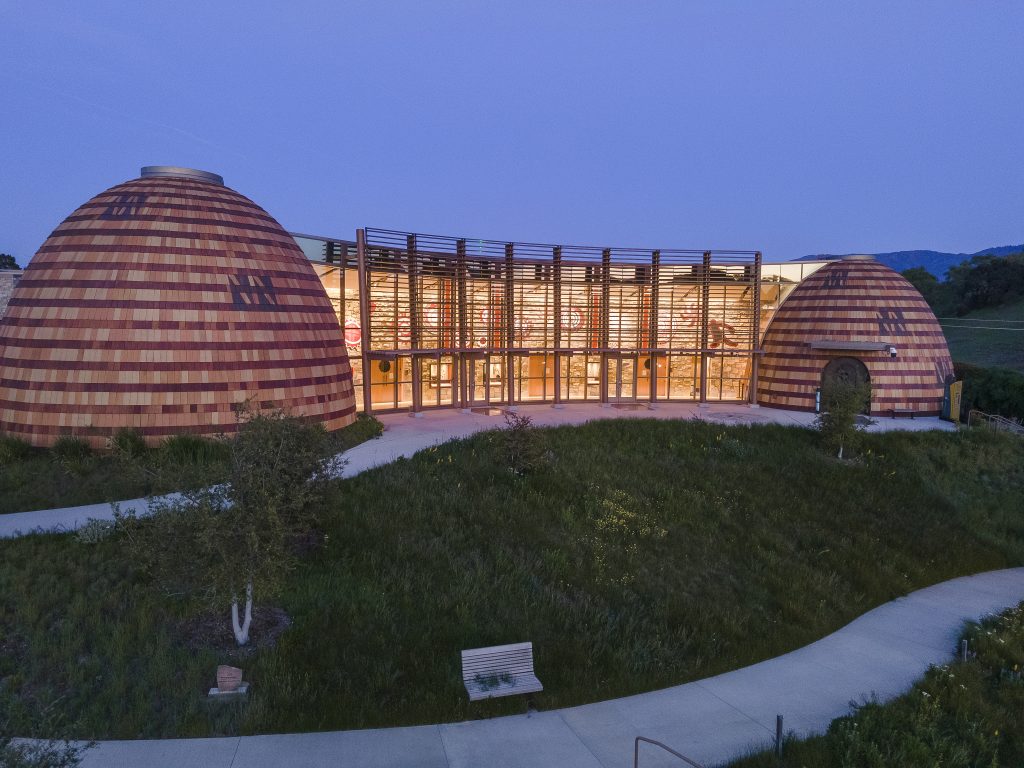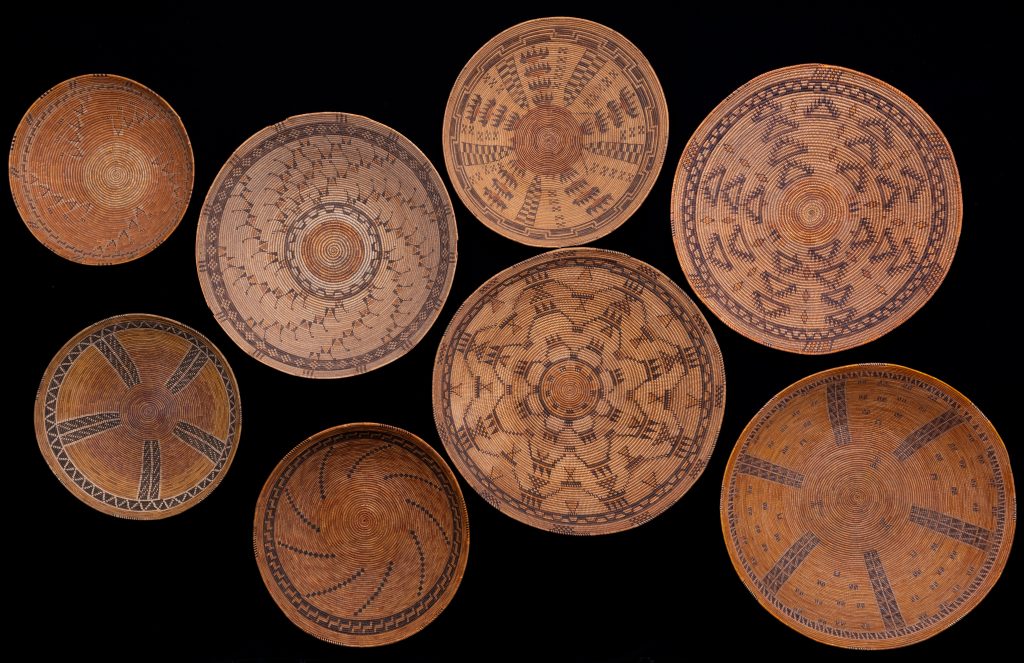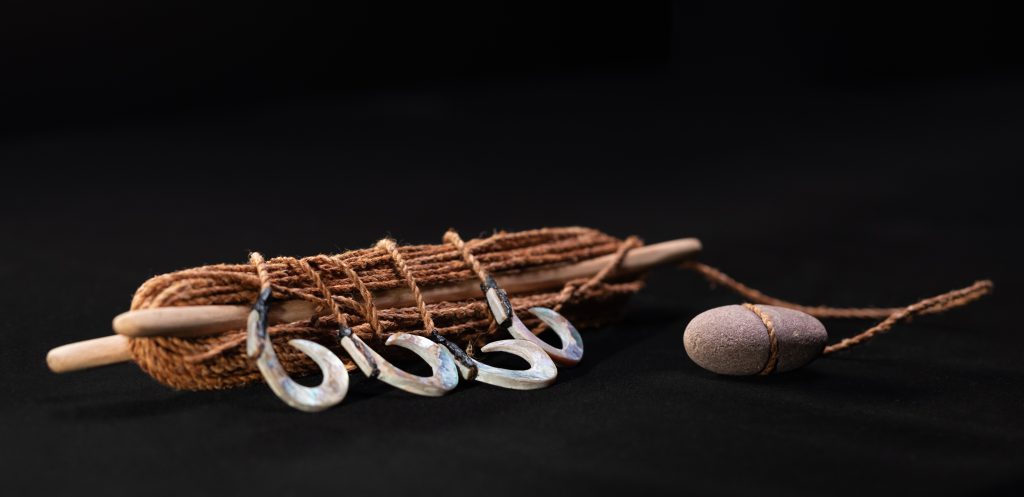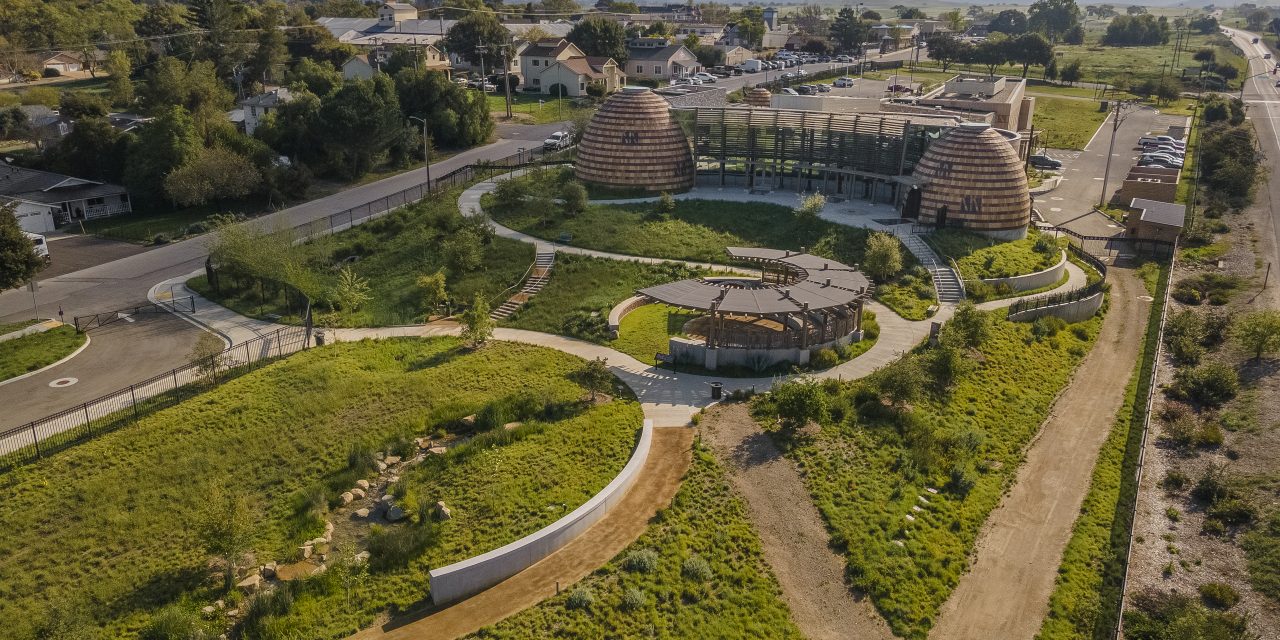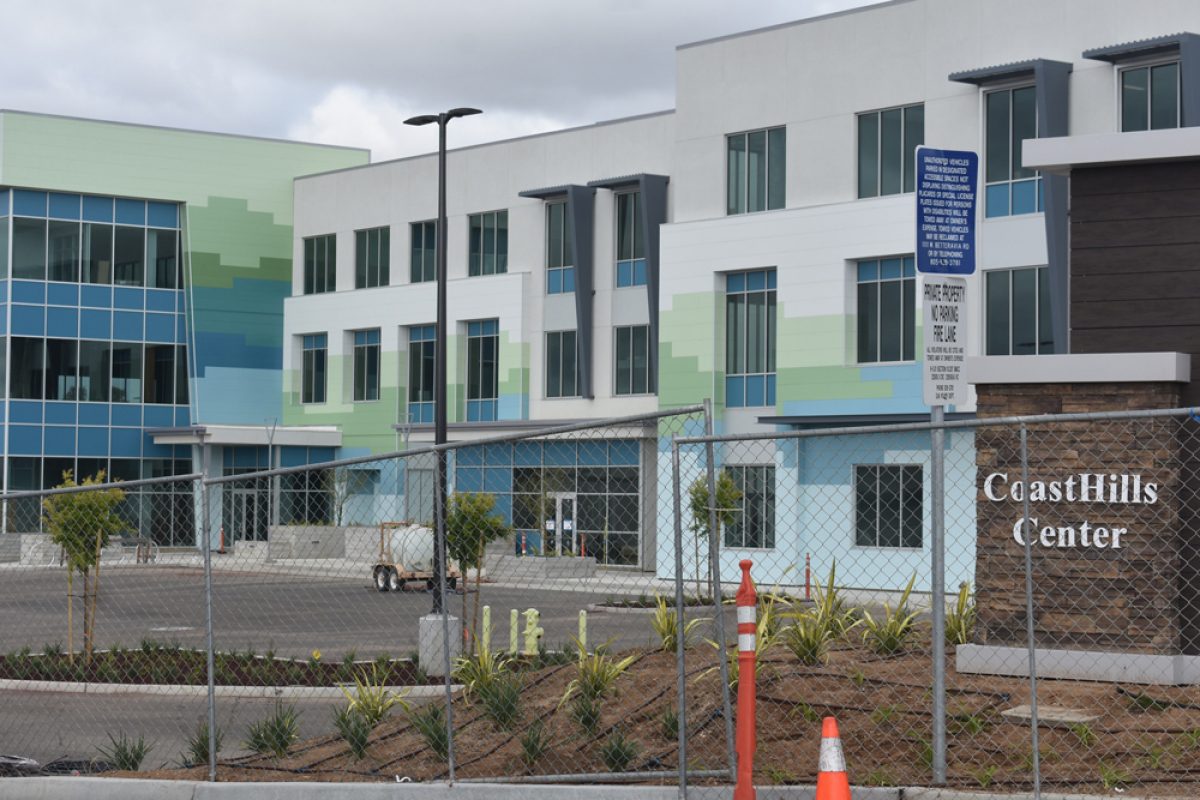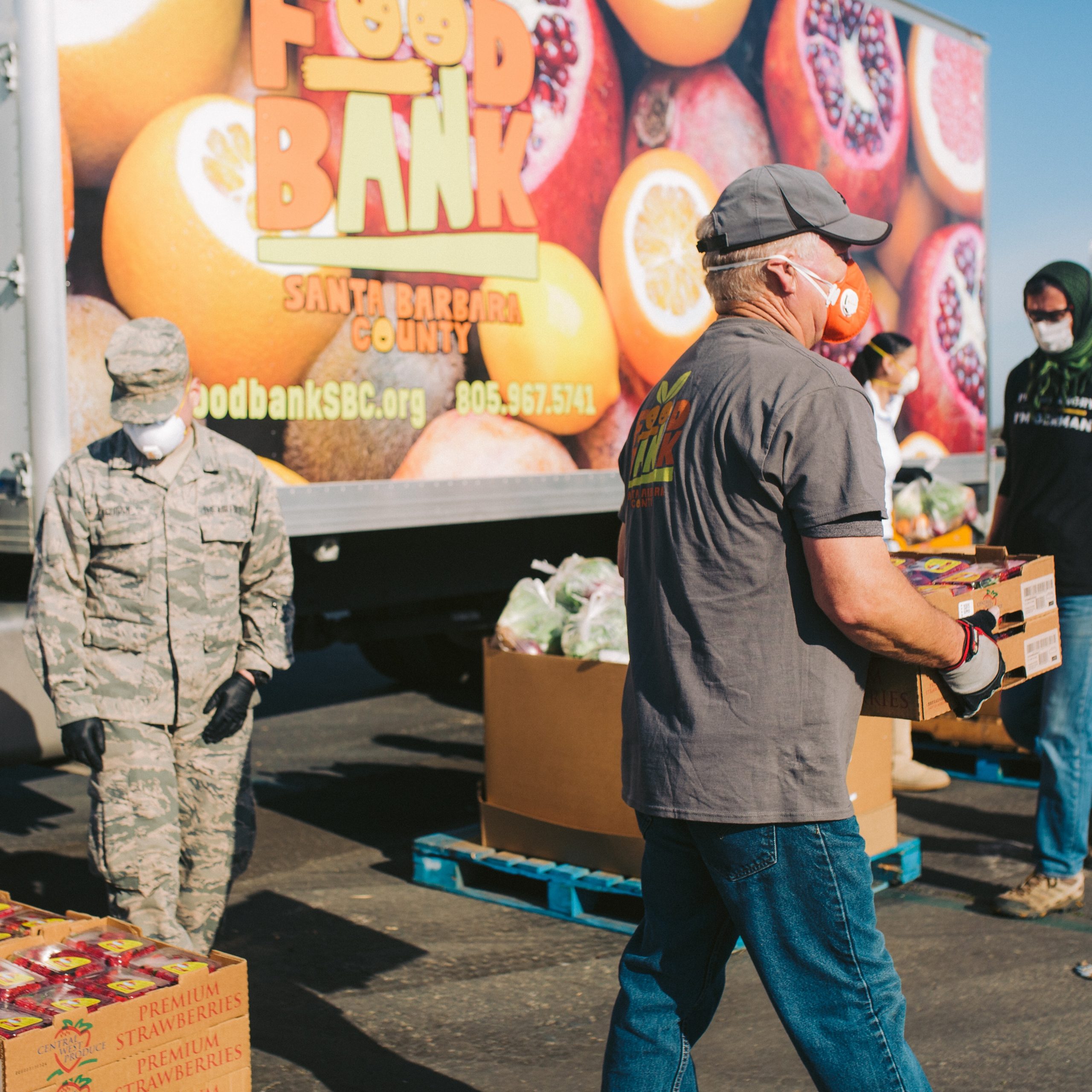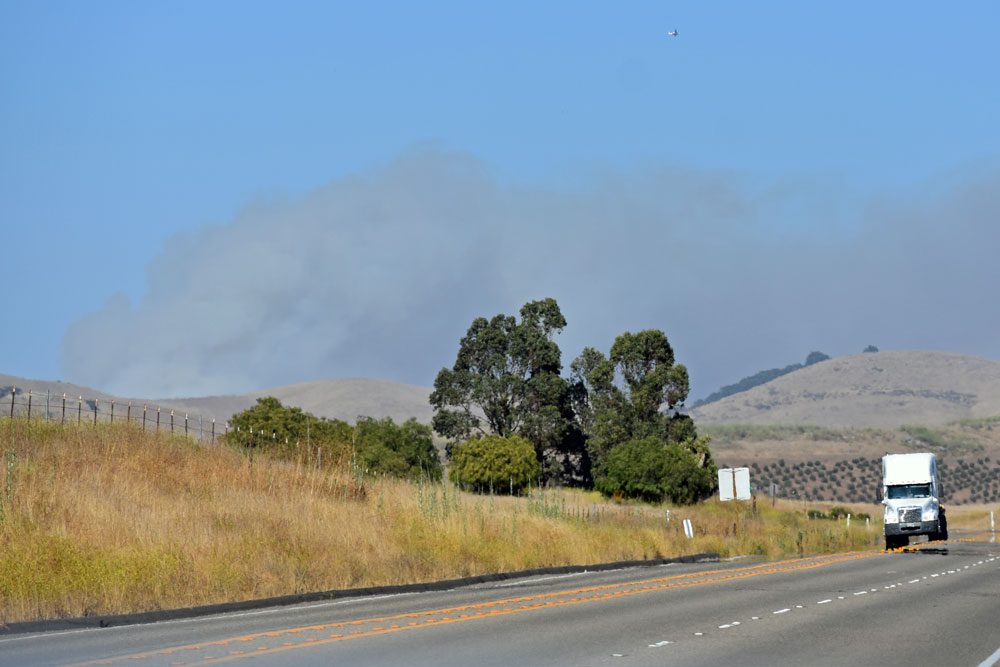A journey 20 years in the making reaches its apex as visitors enjoy exhibits and architecture next to Highway 246
After months, and for some years, of anticipation, the newest building to be seen from Highway 246 now has out the welcome mat as the Chumash Museum and Cultural Center opened to the public on Thursday, May 15.
The opening culminates two decades of planning by the Santa Ynez Band of Chumash Indians.
“Twenty years ago, we were an advisory committee and now we’re a board,” said Museum Chairwoman Kathleen Marshall. “It has been a journey, but we appreciate it.”
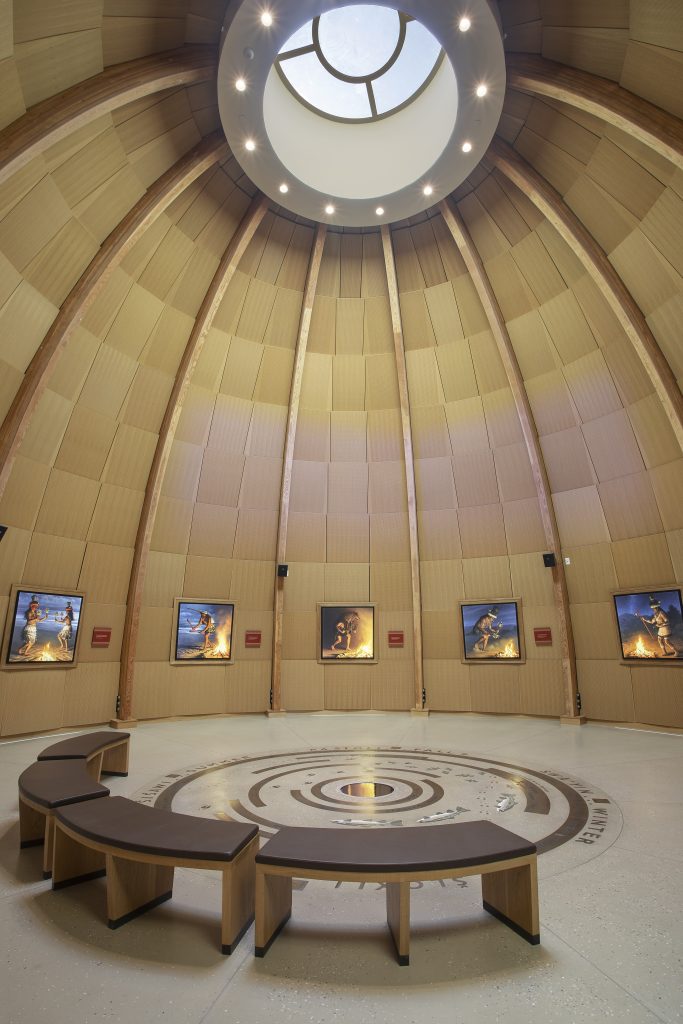
The 14,000-square-foot facility, which is located on the corner of Highway 246 and Edison Street in Santa Ynez, showcases a portion of the tribe’s collection of more than 24,000 historically significant cultural items, including baskets, musical instruments, hunting tools, ceremonial items, and regalia — highlighting the richness and diversity of Chumash culture.
A huge part of the “journey” leading to the museum’s opening was obtaining the artifacts, which was no easy feat, according to Marshall.
“Unfortunately we’ve had to purchase all our items, because they were stolen from us,” she said. “It’s been quite a process and we’ve been purchasing from personal collectors for a while, just trying to get our collection up to open a museum.”
Another feature of the museum is its unique architecture, which was designed by the award-winning Jones & Jones Architects (also designed the Smithsonian National Museum of the American Indian in Washington, D.C.), and is anchored by large dome structures that pay homage to the Chumash people’s traditional dwellings, the tule ‘ap. Outdoors, the 3.5-acre cultural park features exhibits and over 11,000 California native plants, including nearly 100 species used by the Chumash.
Although the museum had been open for a short time on the morning of May 15, Marshall marveled at the reactions she heard from visitors.
“The expressions we see when they walk in here [to the entrance] is something to see,” she said. “I just heard someone come in here and then say ‘this is unbelievable.’ It’s reactions like that I like to hear.”
While the museum was opening to the public for the first time, Marshall said it had already been open enjoyed by tribal members for a while.
“We had our grand opening for the tribal members a few weeks ago,” she said. “Opening the doors and seeing their emotions, their tears, their family unity, has been amazing. Clearly it was important for the tribal people to see it first. It was important to let them have their time with it before we opened it to the public.”
Now that the museum is open to the public, Marshall planning how to make it a destination for people in the Valley and beyond.
“Well, we’re looking to host school groups on visits and field trips,” she said. “We’ll probably start contacting schools at the beginning of the next school year. We’ll be closed to the public in the middle of the week, so we can bring those groups in on those days.
“We also want to bring in events and outside attractions, like basket weavers and flint knappers, or do an art show. The doors are wide open, and we have all kinds of things in mind. We’ll see how it plays out.”
Early on May 15, a good crowd came through to see the exihibit and explore the outside park, and reviews were very positive.
Tony Amastres and his wife Krista, of Goleta, said they had been driving by the building for months and wondered when it would open.
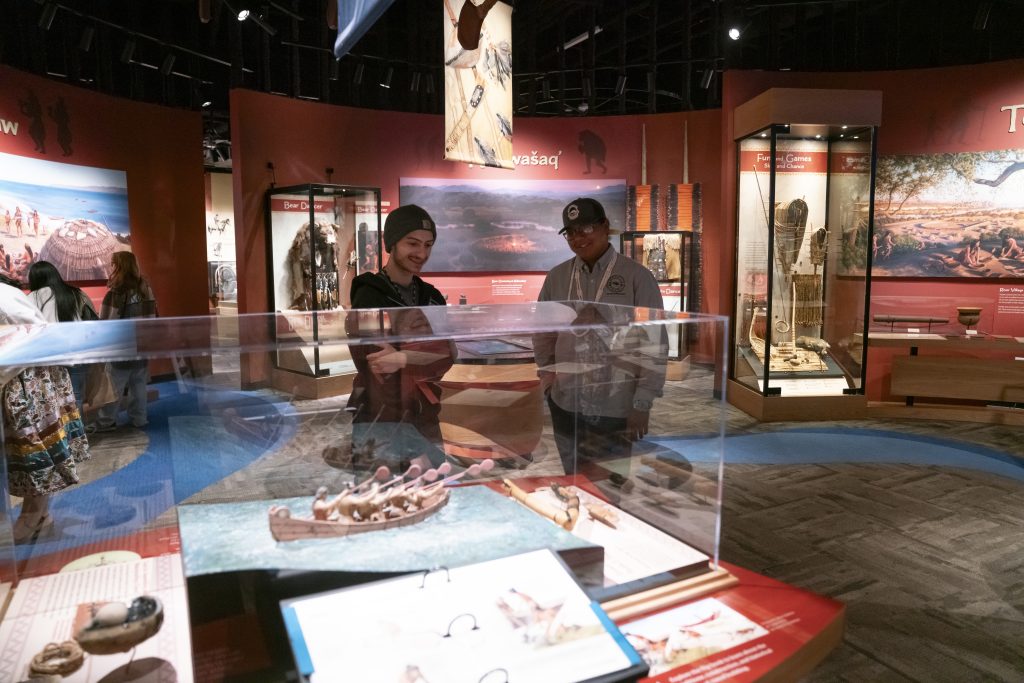
“We were at the golf course and someone told us it was opening today,” Tony Amastres said. “So, we came up to see if that was true, and it was.”
The Amastreses were very pleased with what they saw.
“It’s fantastic. It’s a great thing to have here,” Tony said. “I look forward to coming back, and bringing some other people we know in Goleta.”
Tony Amastres said he enjoyed the walk-through main exhibit.
“I love the way that it transitions from the ancient history to, for lack of a better word, current era and the mission history,” he said. “It obviously has a lot geared for kids, but if you really sit there and dig through it, you get a ton of information.”
Meanwhile, Courtney Connolly of Grover Beach, was getting ready to go into the museum with her kids Ortiz, 4, and Orla, 2, who go to Acorn Village Forest School in Santa Ynez Valley.
“I’ve been waiting for it to open ever since I’ve been driving past it, and I saw it was opening day, so I decided to check it out,” she said. “I’m planning to get a membership so the kids and I can do some stuff together, and then I can come by myself and actually digest all the stuff.”
Reactions like that are what pleases Marshall and hopes they bring more people to the museum.
“We’re honored to have this, and I think people are really going to have a great experience, walking in our footsteps for a little bit,” she said. “I’d just like to tell them, ‘Come visit and learn about our people. You will learn so much about who we were and who we are.'”
The museum’s hours of operation will be 10 a.m. to 5 p.m. Thursday through Sunday, and tickets are available for purchase at www.sychumashmuseum.org. Admission is $15 for adults (18-64), $12 for seniors (65+), $12 for teens (13-17), $10 for children (3-12), $12 for military members (with ID) and free for toddlers (2 and under).
